Education through technology
The project enabled 446 girls and 350 boys (ages 13-16) from Gyekrum Arusha and Upper Kitete secondary schools, in Karatu district, to access information technology and computer studies thanks to the installation of solar-powered computer labs. The SPARC+ (Solar Powered Access to Raspberry Computing) labs were installed in August and September 2023, with train-the-trainer sessions for teachers at the schools completed in September 2023. Each lab comprised of 20 Raspberry Pi computers with monitors, 3 servers, and a handheld mobile teaching tool including a projector and screen. The Upper Kitete and the Gyekrum Arusha schools have respectively reported a 270% and 227% increase in student enrollments. Thanks to the new teaching tools and more diverse and interactive lessons, the teachers reported thats students attended class more regularly and that their engagement significantly increased, with them also asking more questions. The computers, servers, learning materials, and solar systems provided by Powering Potential have given students and teachers access to resources typically only available in more urban, affluent parts of the country. The students and teachers are excited and enthusiastic about having access to technology that puts them on par with students in other parts of the country and the world.
Founded in 2006, Powering Potential is a US based incorporated non-profit. Its mission is to enhance education by installing solar-powered computers, digital libraries and providing training in remote villages in Tanzania and the Peruvian Amazon.
News
Four new projects approved in June 2023
29 June 2023
The Foundation’s Board approved four new projects at the June Board meeting.Technology for rural children
29 October 2024
The one-year project led by Powering Potential in Tanzania has successfully come to an end ! Today, 796 students from Gyekrum Arusha and Upper Kitete secondary schools, in Karatu district, can access information technology and computer studies thanks to the installation of solar-powered computer labs. (Click on the photo to read more)Type
EducationDuration
July 2023 - June 2024Location
Karatu district / TanzaniaWith whom
Powering Potential
Website
www.poweringpotential.org/
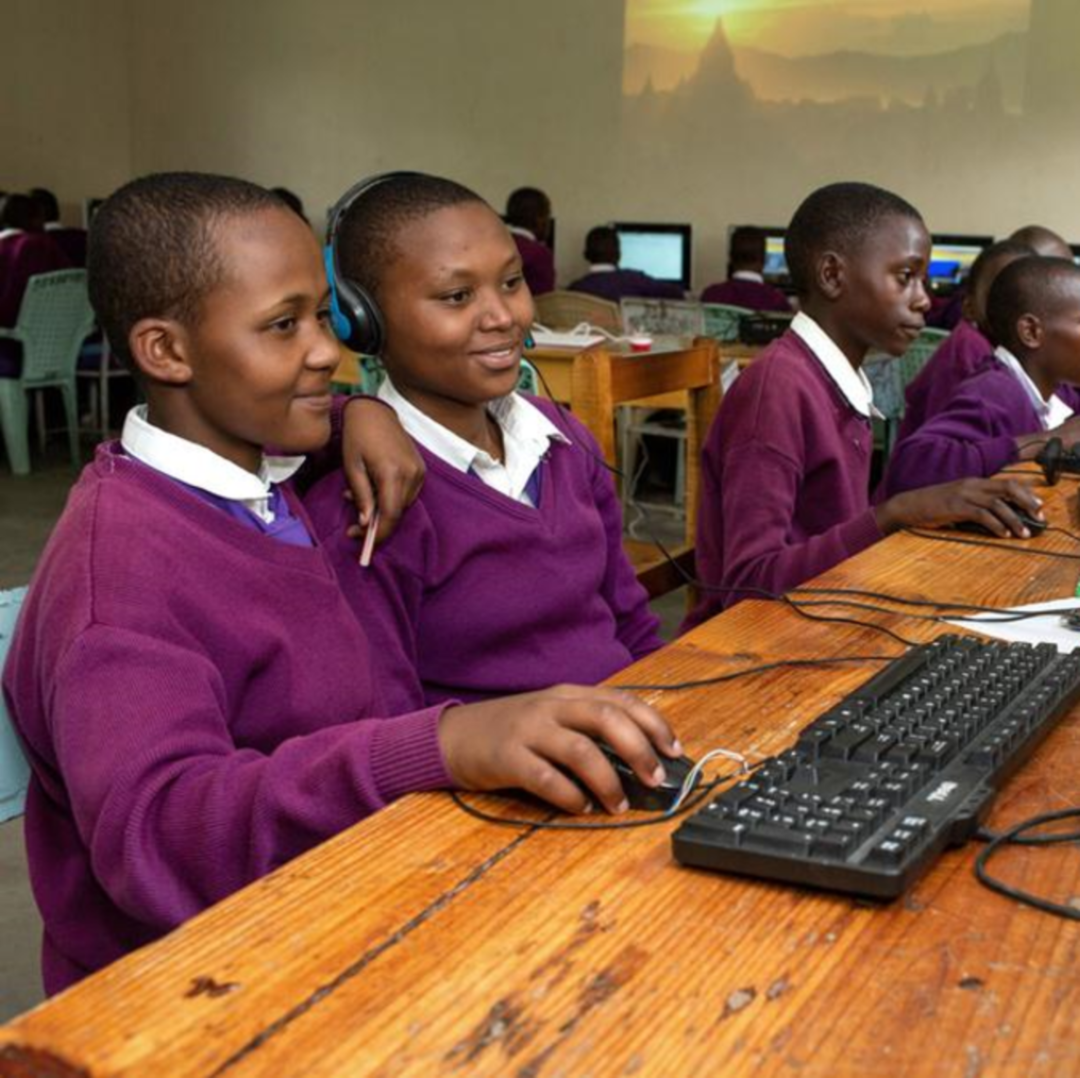
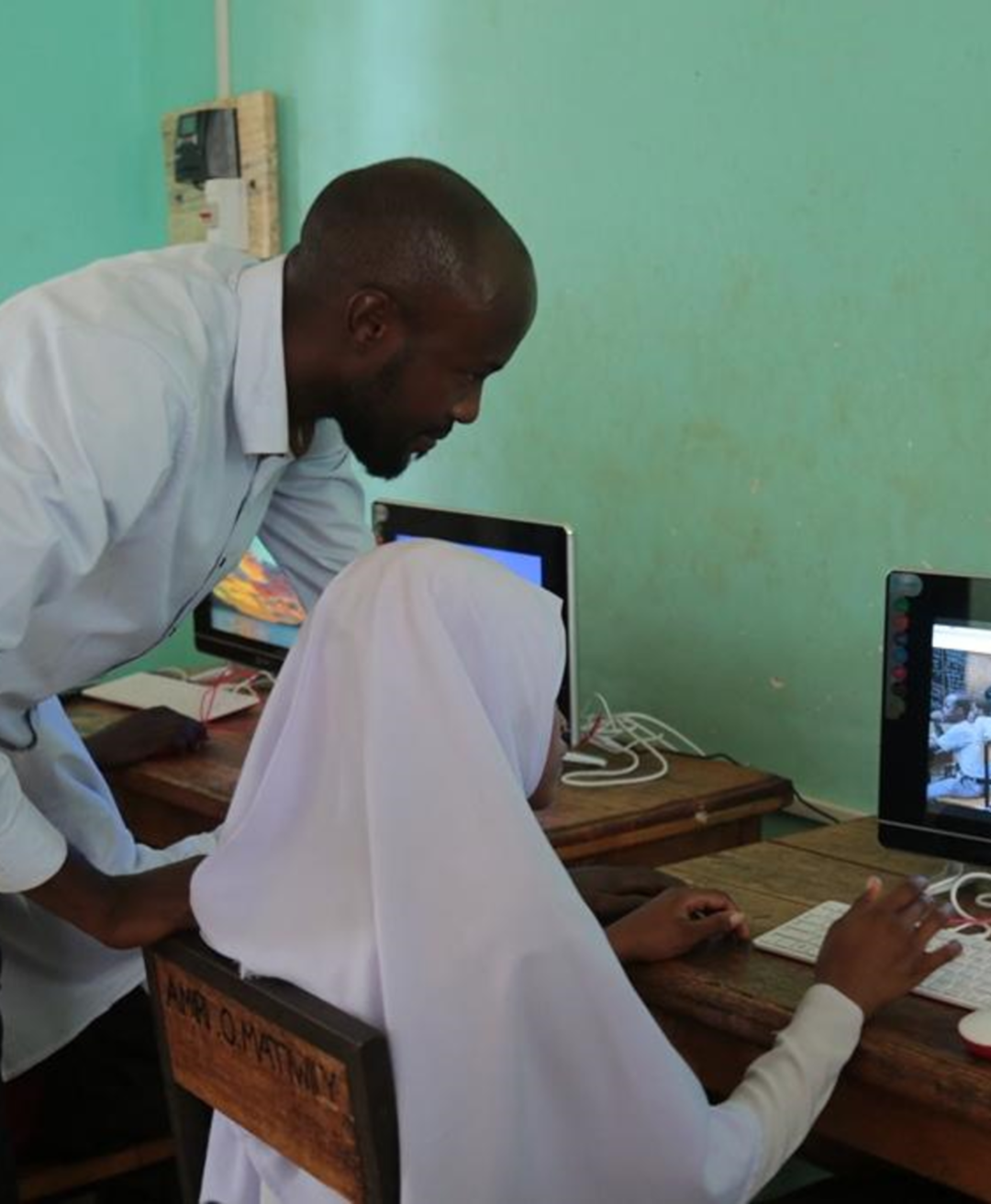
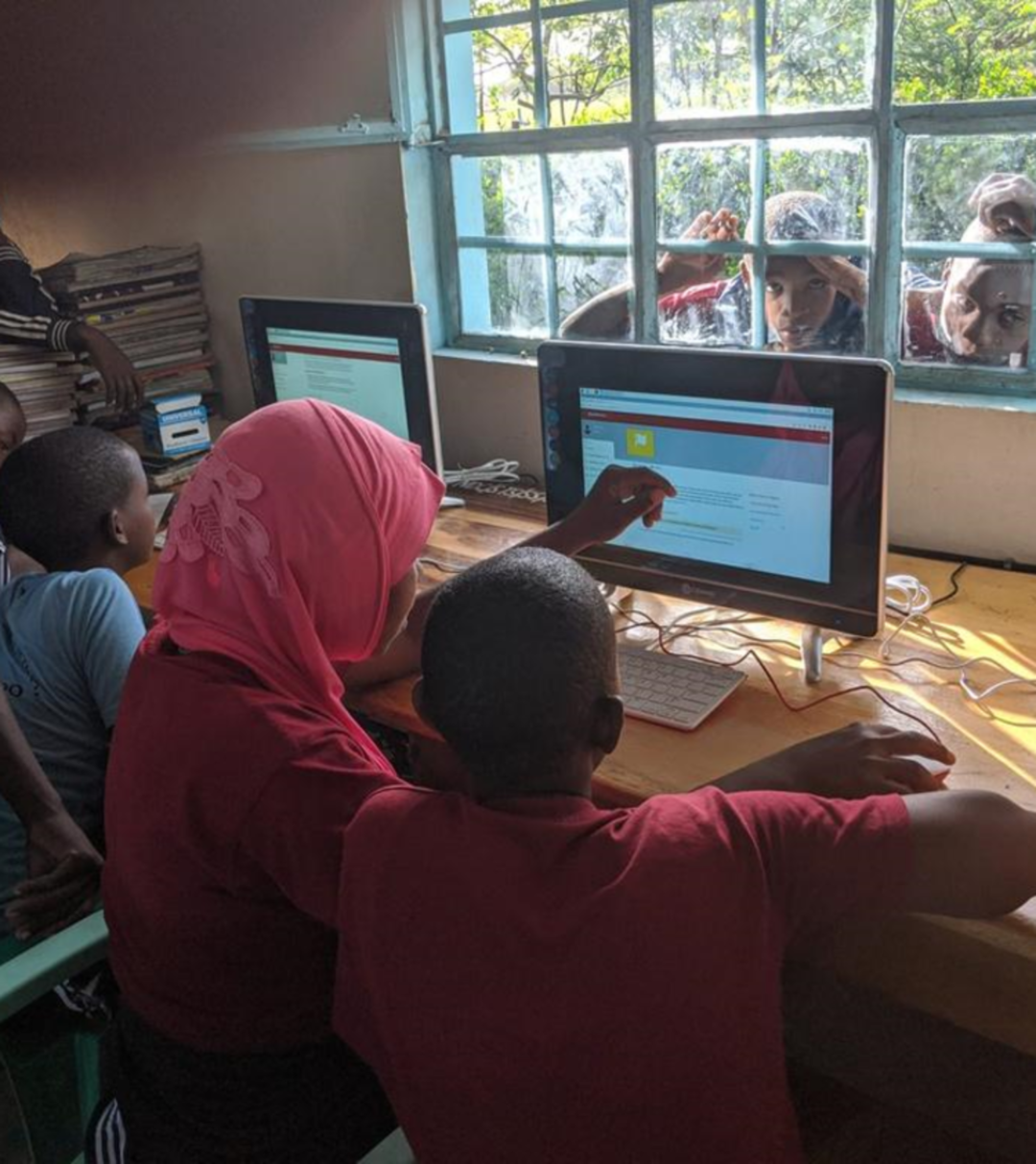
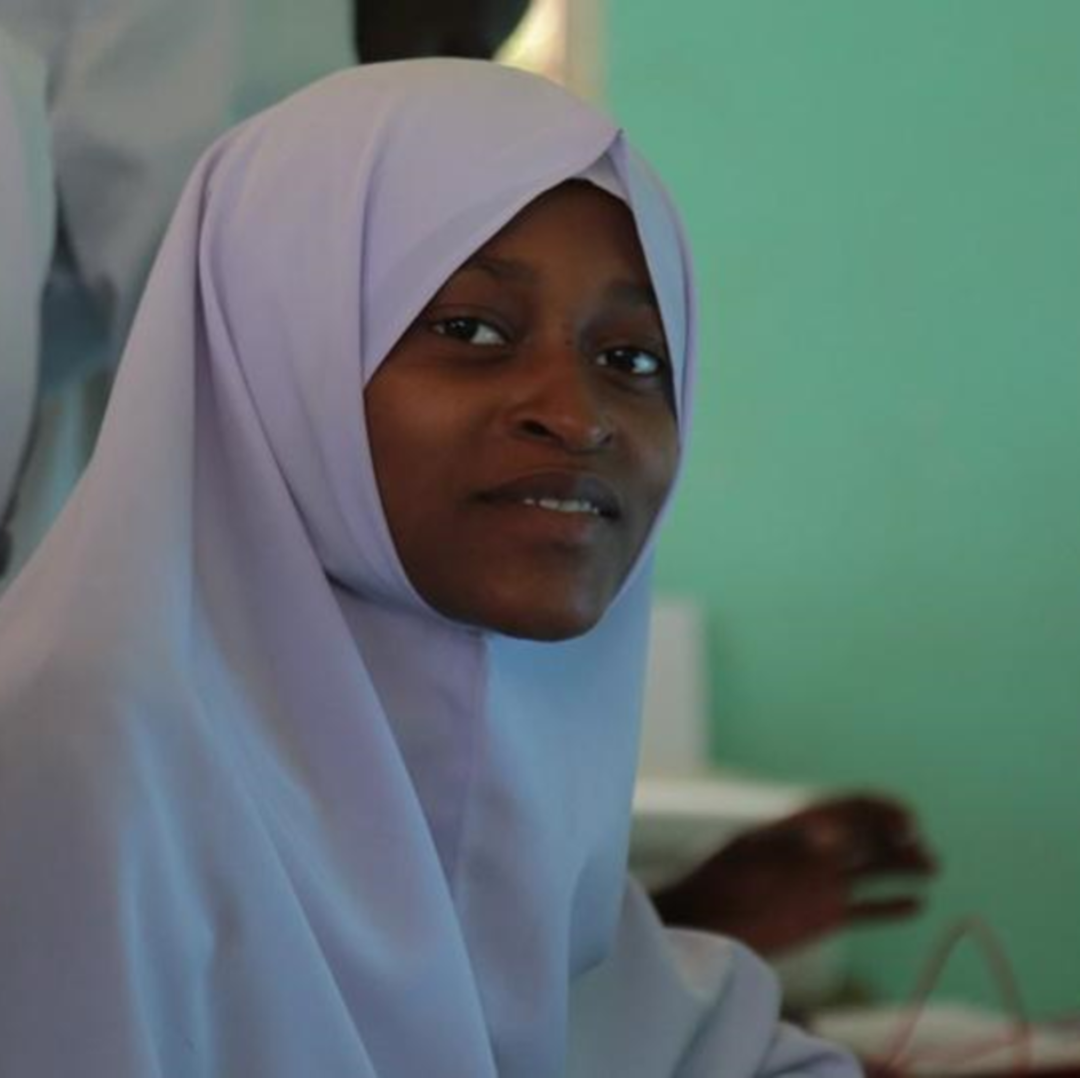
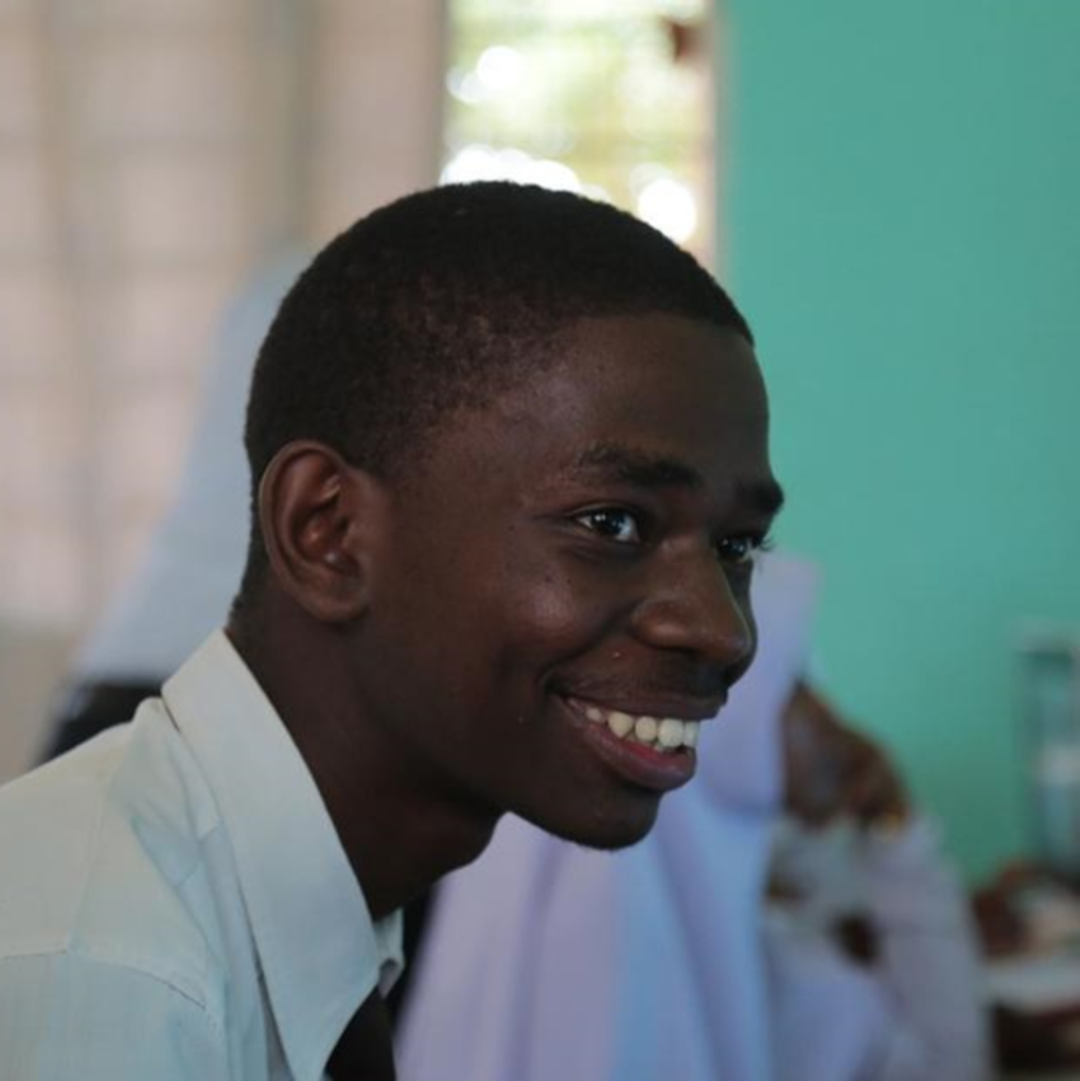
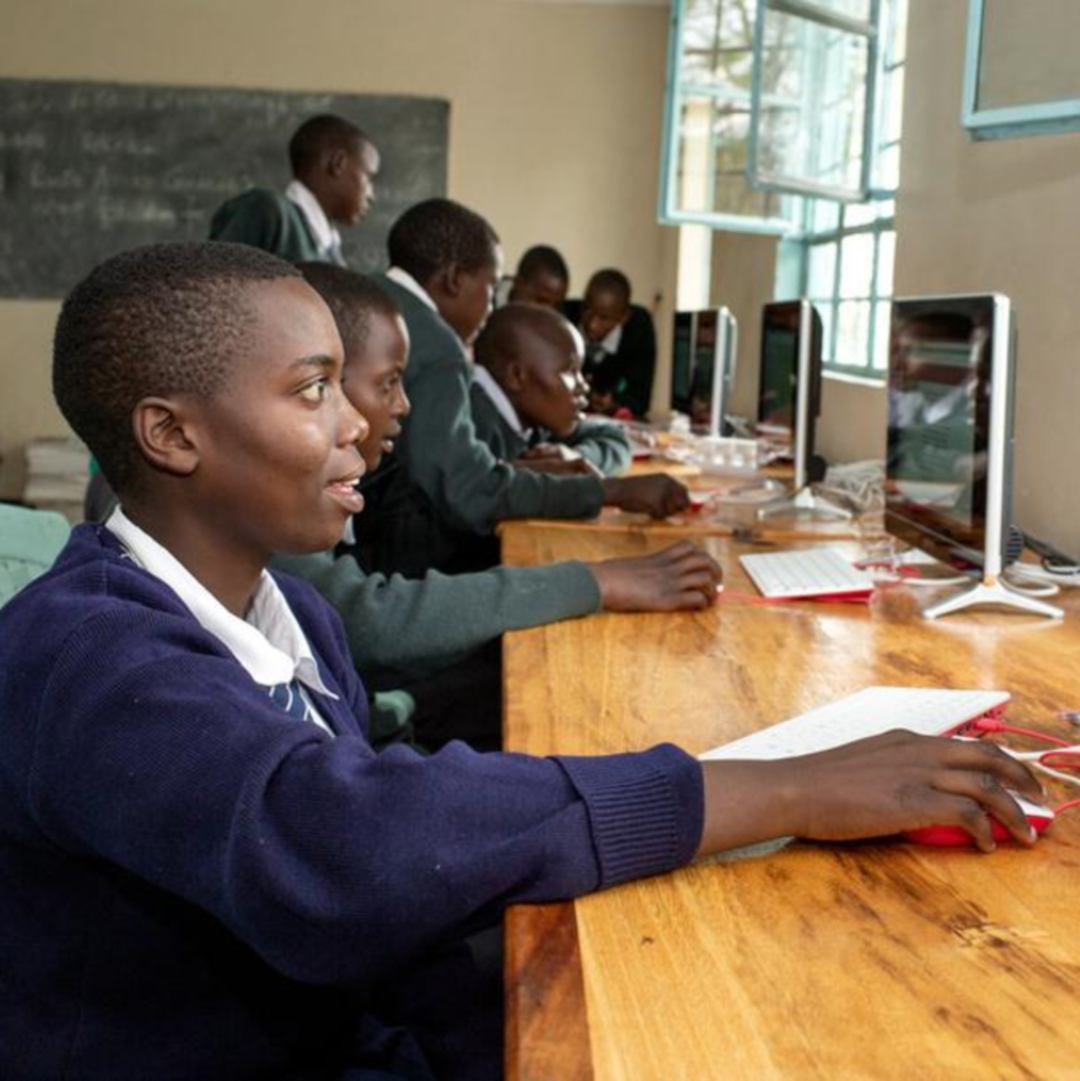
Tanzania
Population
57.3 million (2017)
Per Capita Income
USD 920/year
Poverty rate *
28% (2011)
Literacy rate
78% (2016)
Human Development Index
154TH OUT OF 189 COUNTRIES (2018)
Tanzania has experienced high and relatively stable growth rates over the past decade. At the same time, Tanzania is lagging in primary school completion, maternal health, poverty eradication, malnutrition and environmental sustainability. While the poverty rate has recently declined, the absolute number of the poor has not changed due to the fast pace of population growth (3% per annum). It has made little progress towards reducing extreme hunger and malnutrition, particularly in rural areas. However, scrapping contributions for primary and secondary school has drastically increased primary school enrolment.
Sources: World Food Program, UNICEF, World Bank, 2016 Human Development Report, Human Development Indices and Indicators (2018 Statistical Update)
*The percentage of the population living below the national poverty line.